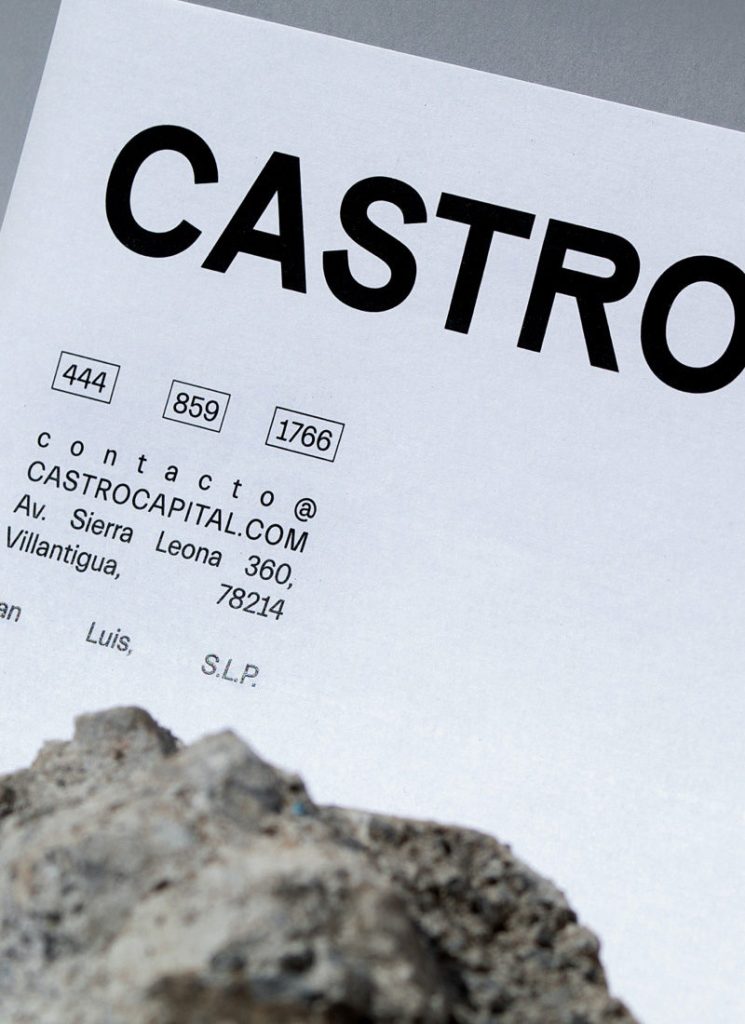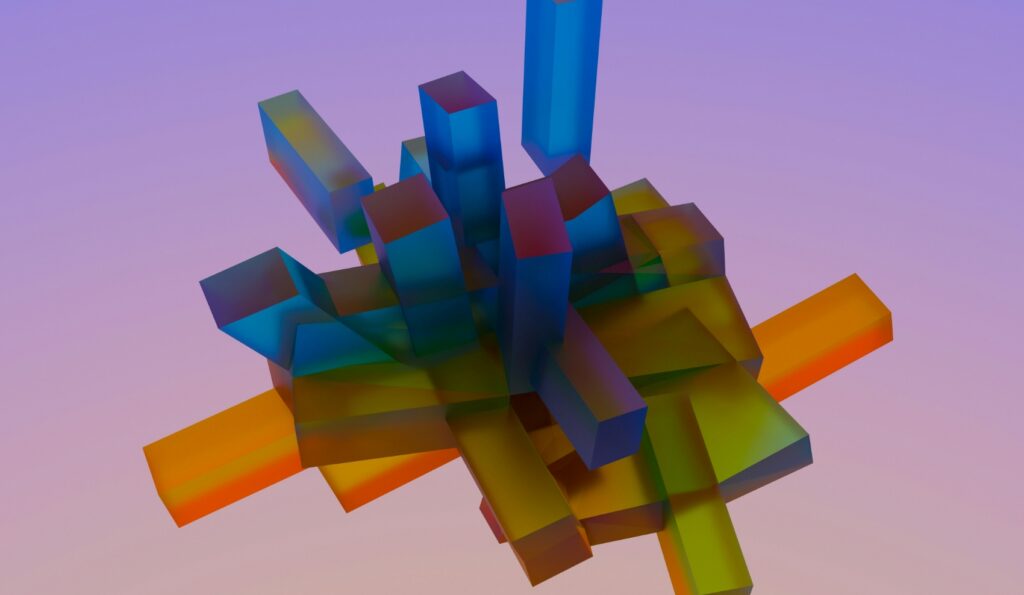As the world becomes increasingly interconnected, the role of technology in addressing humanitarian crises is growing significantly. In recent years, Task-Specific Agents (TSAs) and Knowledge-Driven Systems (KDS) have emerged as vital tools in the field of artificial intelligence (AI) for humanitarian aid. These advanced systems not only facilitate more efficient responses to crises but also enhance the effectiveness of relief operations. This article explores the intricacies of these technologies and their transformative impact on humanitarian aid efforts.
.
Task-Specific Agents are defined as AI systems designed to perform specific, well-defined tasks. Unlike general AI, which aims to replicate human intelligence across various domains, TSAs focus on delivering efficient solutions to particular challenges. In the context of humanitarian aid, this means deploying AI models that can handle aspects such as resource allocation, logistics, data analysis, and even predictive analytics for disaster response. As organizations increasingly embrace these technologies, the potential for more timely and effective interventions during crises expands.
.
According to a report from the United Nations Office for the Coordination of Humanitarian Affairs (OCHA), the global need for humanitarian assistance has surged dramatically in recent years. Conflict, natural disasters, and pandemics like COVID-19 have amplified the scale and complexity of aid required. With over 235 million people expected to need humanitarian assistance in 2023, incorporating TSAs into the response framework is essential. These systems allow organizations to respond quickly to changing conditions on the ground and ensure that resources are allocated effectively.
.
One prominent example of TSAs in action is the use of AI-powered drones for delivering medical supplies in remote or conflict-affected areas. Organizations such as UNICEF have employed drone technology in regions like Malawi and Vanuatu, where transportation infrastructure may be severely lacking. These drones function as TSAs by executing the focused task of transporting vaccines, medicines, and other essential supplies, thereby saving lives and reducing wait times for critical healthcare services.
.
Knowledge-Driven Systems, on the other hand, integrate vast amounts of knowledge to enhance decision-making processes. They utilize a combination of databases, algorithms, and machine learning to provide insights and support. KDS can analyze diverse datasets from various sources, including social media, weather reports, satellite imagery, and humanitarian assessments, to inform and optimize aid strategies. This capability is particularly beneficial in crises where conventional data collection methods remain unreliable or insufficient.
.
In practical terms, the integration of KDS into humanitarian operations can provide insights that drive more informed decisions. For instance, the World Food Programme (WFP) has employed a KDS to analyze satellite imagery to assess damage caused by natural disasters and identify areas that are most in need of assistance. This data-driven approach allows for the prioritization of aid efforts based on an accurate understanding of the ground realities.
.
The collaboration between TSAs and KDS can lead to a holistic ecosystem that empowers humanitarian organizations. The combined use of these technologies enables real-time situational awareness, enhancing the ability of responders to address urgent needs and allocate resources judiciously. For instance, during a natural disaster, TSAs can deploy to areas with high-priority needs based on insights generated by KDS, ensuring that those impacted receive timely assistance.
.
Moreover, these systems can be utilized not only in response to immediate crises but also in predictive modeling. By analyzing historical data on disaster patterns and demographic vulnerabilities, these AI-driven methodologies can help organizations anticipate future crises and proactively prepare for them. The application of such predictive analytics is instrumental in minimizing loss of life and property, as it enables pre-positioning of humanitarian resources in vulnerable areas.
.
Despite the clear benefits offered by TSAs and KDS in humanitarian aid, challenges and ethical considerations remain. One major concern revolves around data privacy, especially when dealing with vulnerable populations. Humanitarian organizations must navigate the fine line between leveraging data to assist those in need and respecting individual privacy rights, ensuring compliance with legal and ethical standards.
.
Furthermore, the reliance on technology raises questions about equity and access. Not all regions may have the infrastructure to support the deployment of such advanced systems, leading to potential disparities in aid provision. It is essential that while leveraging these technologies, organizations remain committed to inclusivity and ensure that no one is left behind.
.
Training and integrating personnel to effectively use these advanced technologies can also prove challenging. Humanitarian organizations must invest in capacity-building programs that equip their staff and partners with the necessary skills to utilize TSAs and KDS proficiently. Ensuring that team members are adept at interpreting data and understanding AI outputs is critical for maximizing the benefits these systems can offer.
.
From a financial perspective, while investing in advanced technology can be daunting, the cost-effectiveness that TSAs and KDS can introduce far outweighs the initial expenditure. By streamlining operations and enhancing the efficiency of aid delivery, these technologies can help organizations save money in the long run. In a landscape where every dollar counts, the strategic use of AI becomes not only beneficial but necessary for optimized humanitarian response.
.
Prominent humanitarian organizations, including the Red Cross and Médecins Sans Frontières, are increasingly researching and piloting AI technologies with TSAs and KDS. Their results, which showcase increased operational efficiency, improved situational awareness, and more effective resource management, serve as case studies for other organizations considering similar technological adoptions. Furthermore, successful implementations of AI in humanitarian contexts can lead to the development of best practices, which can guide future endeavors in integrating technology with humanitarian work.
.
In conclusion, Task-Specific Agents and Knowledge-Driven Systems are revolutionizing the field of humanitarian aid. As the global landscape of need continues to evolve, embracing these technologies provides vital support for organizations striving to make a real impact on the ground. While challenges related to data privacy, access, and training must be navigated, the potential for improved crisis response and more effective aid delivery is undeniable. As we move forward, the collaboration between technology and humanitarian efforts will likely be crucial in shaping a more resilient and responsive global aid framework.
.
By leveraging the strengths of both TSAs and KDS, humanitarian organizations can enhance their operational capabilities, ensuring they are better prepared to address the complex challenges of today’s world. With the right investments in technology and personnel, the future of humanitarian aid appears poised for significant transformation—a shift where AI not only aids in immediate relief but also fosters resilience in communities around the globe.
**























